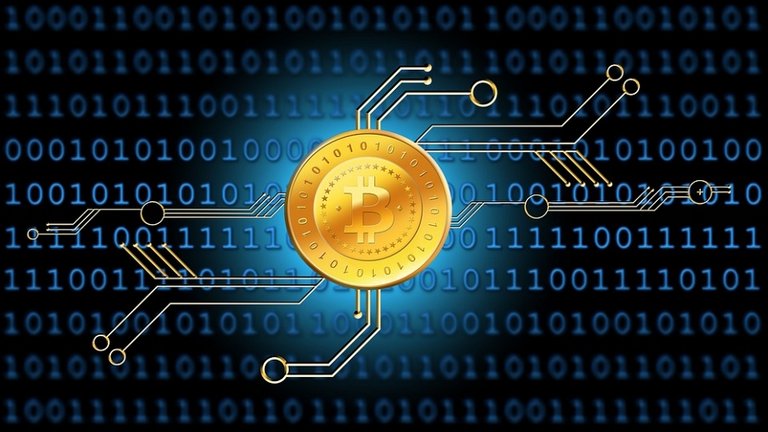
2017-is likely to remain in history as the year in which cryptocurrencies and Bitcoin in particular marked an impressive rise. Over the past 12 months, the price of the most popular digital currency jumped by more than 1400%. Even so far, however, observers have failed to find a reasonable explanation for this growth.
Some claim that the cost of Bitcoin is a function of its media coverage. According to others, it is justified from a statistical point of view on the basis of what has been going on for a long time. Others, however, comment that "bitcoin profit hunters" who strategically buy and sell currency are the real culprits for the uneven fluctuations in the price of crothopoeurs.
Among the fog of hypotheses, several consecutive regularities also stand out, writes Investopedia. Here are two of them.
The Importance of Asian Markets and Investors
The legend states that the founder of bitcoin, known as Satoshi Nakamoto, is a Japanese libertarian and a computer scientist and cryptographer.
And while the West is still debating the existential theme of the role of crypto-lite in the economy, Asian investors and traders have been quick to embrace them enthusiastically. For this reason, logically, most of the trade is done at the local exchanges. Bitcoinity, based in Taipei and China - Bitfinex and Okcoin, respectively, hold a majority share of bitcoin trade worldwide.
In 2017, they proved to be powerful in determining prices and other crypto-points. The South Korean Bithumb market, for example, is continuously increasing trade with them and boasts of the largest volumes of buying and selling other currencies such as Ethereum and Ripple.
Interestingly, Asian exchanges have become a precursor to price movements on a daily basis. An example of the domino effect is the Ripple price spike first in Bithumb, which was then followed by the other exchanges, thus turning the currency into the second most expensive crypto.
Bitcoin Futures: The tail struck the dog
Usually, futures are able to stop sharp jumps and drops in prices, and help to put them together. It was expected that the release of bitcoin futures would have a similar effect, but that did not happen. The reason, according to analysts, is that the volume of futures contracts is an extremely small part of the liquidity in the bitcoin market.
Significantly, CME and CBOE futures traders exchanged contracts worth $ 94.65 million by the end of the trade on December 29, 2017. For comparison, during the 24 hours of the last day of the year, the bitcoin trade volume was generally equal to 12.4 billion dollars, which is many times more.
All this shows that the introduction of bitcoin's institutionalization follows its steady path. Significantly, Goldman Sachs, the trustee of investment banking, plans to set up a currency exchange office in June.
Doesn't seem so unlikely